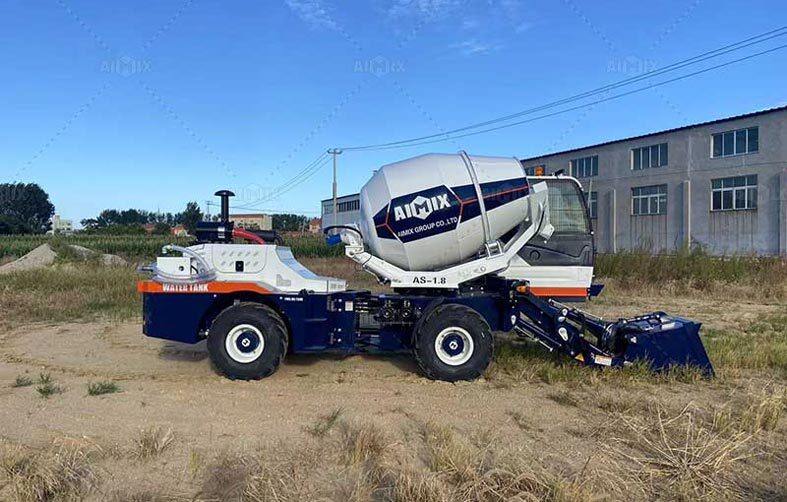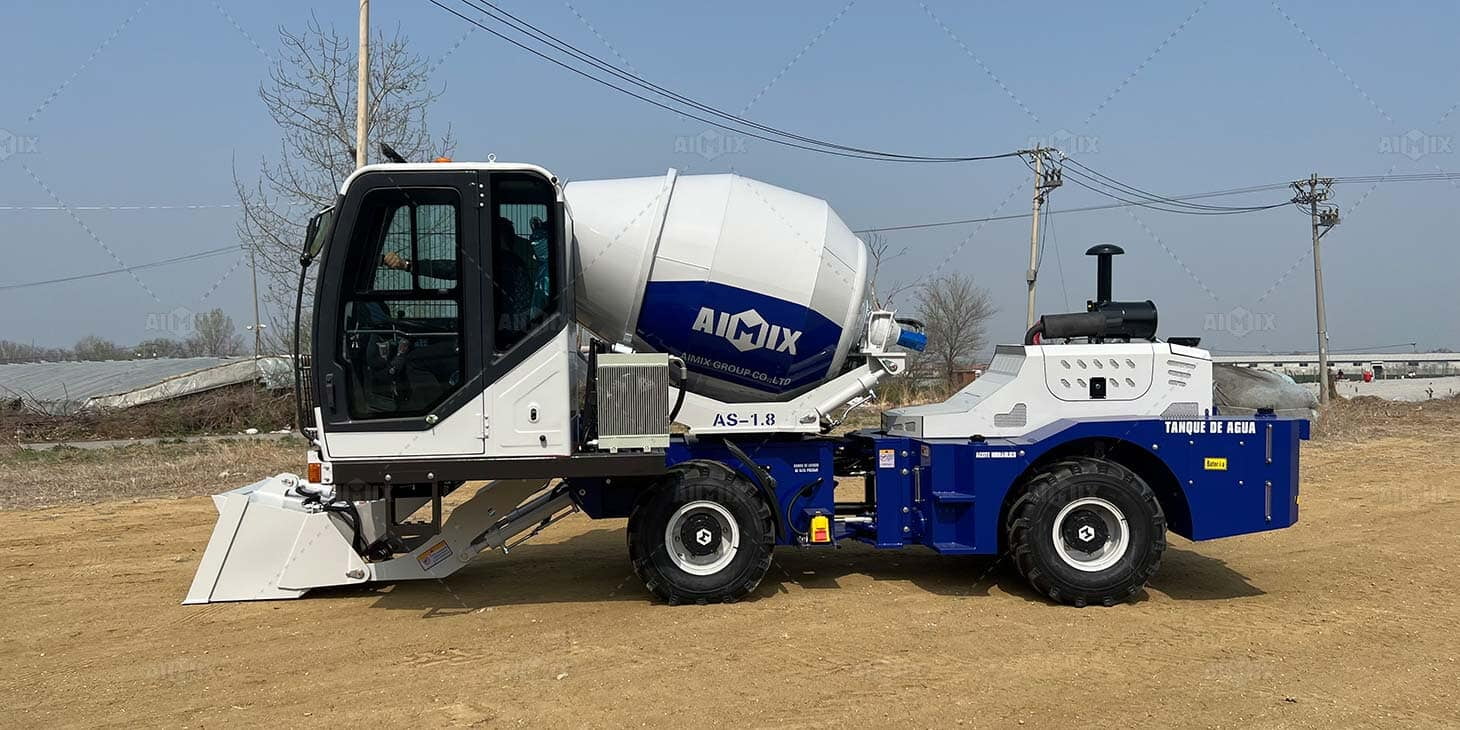The self-loading concrete mixer market thrives on versatility, offering machines that range from compact 1-cubic-meter units to industrial-scale 9-cubic-meter behemoths. While conventional wisdom suggests that larger capacity directly correlates with higher price tags, the reality proves more nuanced. Beyond sheer volume, factors like automation levels, material durability, and mobility features create unexpected pricing paradoxes—where sometimes, smaller doesn’t mean cheaper, and bigger doesn’t always break the budget.
Manufacturers engineer these concrete mixers for divergent use cases: municipal contractors repairing sidewalks need agility, while dam construction crews prioritize relentless output. This specialization fragments pricing into overlapping tiers where advanced compact models can outprice basic high-capacity units. Understanding these cost drivers requires dissecting three critical dimensions—production scale, technological sophistication, and operational lifespan—each reshaping the traditional size-to-price equation in surprising ways.

Capacity Versus Cost: Not a Linear Relationship
The Diminishing Returns of Scale
While a 3.5m³ mixer typically costs 40% more than a 1.5m³ model, the price gap narrows at higher capacities. A 6m³ unit may only command a 25% premium over its 4.5m³ counterpart. This stems from shared chassis and drivetrain components across larger models—manufacturers aren’t reinventing the wheel, just scaling existing architectures.
However, compact mixers under 2m³ defy this trend. Their micro-engineering demands (tight-turn steering, miniaturized hydraulics) often make them 15-20% pricier per cubic meter than mid-sized 3m³ units.
Hidden Costs of Oversizing
Purchasing an 8m³ self loading concrete mixer for 5m³ daily needs wastes more than capital. These machines consume 30% more fuel when underutilized, while their reinforced axles accelerate tire wear on light loads. Smart buyers calculate lifetime operating expenses, not just sticker prices.
Tech Upgrades That Redefine Value
Automation’s Premium
A basic 4m³ manual-control mixer might retail for $85,000, while its AI-assisted counterpart—featuring automatic water metering and slump adjustment—can hit $140,000. These systems reduce material waste by up to 12%, often paying for themselves within 18 months on high-activity sites.
Mobility Packages
All-terrain capabilities add surprising costs. A 4WD 5m³ model with articulated steering costs 35% more than its 2WD equivalent. Yet for mountainous regions, this investment prevents $20,000+ annual costs from recovery vehicles and downtime.

Longevity Economics: When Cheap Becomes Expensive
Component Hierarchy
Budget 3m³ mixers use standard carbon steel drums (3,000-cycle lifespan), while premium versions employ Hardox 450 steel (8,000+ cycles). The $18,000 upfront difference translates to 60% lower cost per cubic meter over a decade.
Powertrain Divergence
Tier-3 diesel engines keep purchase prices low but face phase-outs in emission-controlled zones. Electric-hybrid models command 25% premiums today but will dominate urban markets within five years—resale values tell this story clearly.
The shrewdest buyers analyze cost through three lenses: immediate outlay, productivity yield, and residual value. Sometimes, the "expensive" option is actually the most economical long-term play. In the self-loading mini cement mixer arena, bigger can be better—but only when matched precisely to your operational reality.

